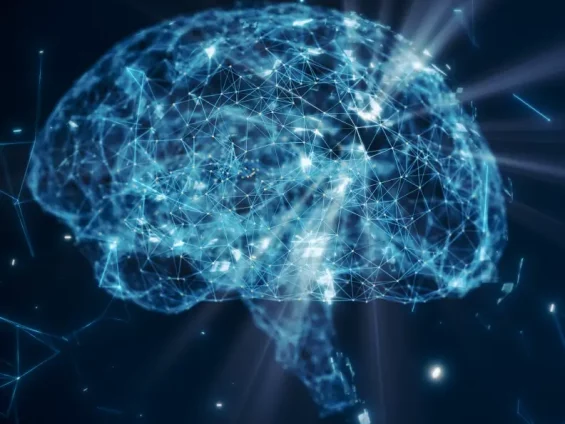In recent years, neuroscience has offered exciting insights into how our brains function and how these findings can be integrated into psychotherapy for more effective outcomes. The brain, once viewed as a static organ, is now understood as a dynamic, adaptable system that can be rewired through experience, therapy, and conscious effort.
The science of neuroplasticity
One of the most exciting findings in neuroscience is the concept of neuroplasticity. This means your brain can change its structure and function in response to new experiences, learning, and even therapy. If you’ve ever felt stuck in negative patterns of thinking or behaviour, neuroplasticity offers hope: those patterns can be shifted, and new, healthier ones can be formed.
For instance, techniques drawn from cognitive behaviour therapy (CBT) or mindfulness can help create new neural pathways in your brain. Over time, these new pathways make it easier to respond to life’s challenges in healthier, more adaptive ways. Whether you’re dealing with anxiety, depression, or trauma, knowing that your brain can adapt and grow can be incredibly empowering.
How stress and trauma impact the brain
Stress and trauma don’t just affect how you feel; they leave a physical mark on your brain. For example, trauma can over activate the amygdala, the part of your brain responsible for detecting threats. This can make you feel constantly on edge or anxious, even when you’re safe. At the same time, prolonged stress can shrink the hippocampus, which plays a key role in memory and distinguishing past from present.
Counselling and psychotherapy can help reverse these effects by calming the overactive amygdala and supporting the hippocampus to help you feel safer, more grounded, and better able to move forward.
Building emotional resilience: strengthening your prefrontal cortex
Your prefrontal cortex—the part of the brain responsible for decision-making and emotional regulation - is like the control centre for your thoughts and feelings. But stress, trauma, or chronic anxiety can weaken its functioning, making it harder to manage emotions or think clearly.
The good news is that therapy can help strengthen this part of your brain. Practices like mindfulness, deep breathing, or grounding exercises promote emotional self-regulation and resilience. Over time, these techniques restore balance between the prefrontal cortex and the emotional centres of your brain, helping you feel more in control of your thoughts and emotions.
The healing power of connection
Did you know that simply being in a safe, supportive relationship can help your brain heal? Neuroscience highlights the importance of co-regulation - the calming effect that one person’s presence can have on another’s nervous system. In counselling and psychotherapy, the therapeutic relationship can act as a powerful source of healing.
A skilled, compassionate therapist helps create a sense of safety, allowing you to explore your emotions without fear. Over time, this experience of safety and connection can help you internalize healthier ways of relating to yourself and others. Research suggests these positive interactions can reshape the brain, enhancing one’s ability to regulate emotions and build stronger relationships outside of therapy.
Why this matters for therapy?
Understanding the brain’s role in therapy can be incredibly motivating. Change is not just possible; it’s measurable and real. Therapy isn’t just about talking – it has the potential to help rewire the brain to support a healthier, more fulfilling life. Whether you’re working through trauma, learning to manage anxiety, or simply looking to grow, research into neuroplasticity offers a roadmap for transformation.
The brain’s capacity for change means that with the right support, you can overcome challenges, create new habits, and feel more in control of your life. So, if you’re considering therapy, know that you’re not just changing your thoughts and feelings in the moment – there’s the potential for longer term change through the development of new neural pathways, and that’s a powerful step toward a brighter future.
Further Reading
McEwen, B. S., & Morrison, J. H. (2016). The brain on stress: Vulnerability and plasticity of the prefrontal cortex over the life course. Neuron, 79(1), 16-29.
Siegel, D. J. (2016). Mind: A Journey to the Heart of Being Human. W. W. Norton & Company.
Tang, Y. Y., Hölzel, B. K., & Posner, M. I. (2015). The neuroscience of mindfulness meditation. Nature Reviews Neuroscience, 16(4), 213-225.
Van der Kolk, B. (2015). The Body Keeps the Score: Brain, Mind, and Body in the Healing of Trauma. Penguin Books.
